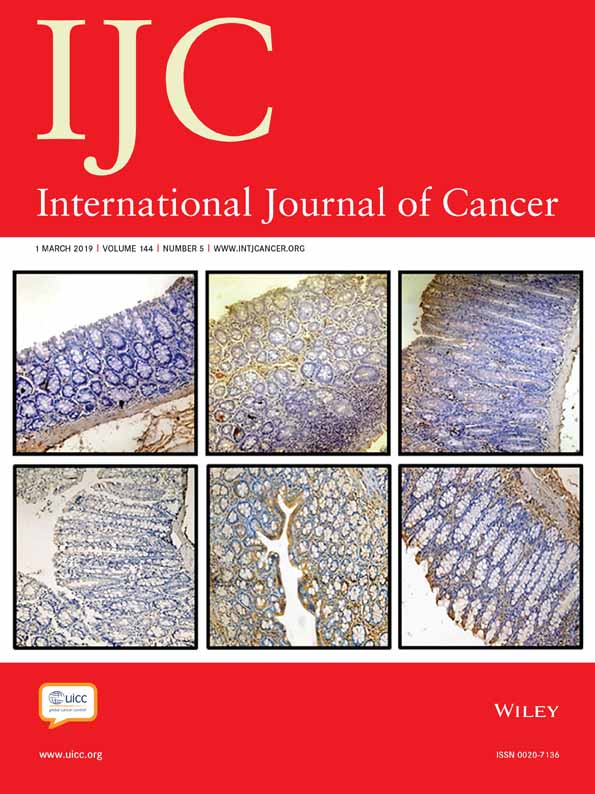Breast ultrasonography (BU) in the screening protocol for women at hereditary-familial risk of breast cancer: has the time come to rethink the role of BU according to different risk categories?
Abstract
This article evaluates the breast cancer (BC) screening efficacy of biannual ultrasound (US) in three different risk categories. In a single-center, prospective, nonrandomized comparison study, BRCA mutation carriers and women with high risk (HR) or intermediate risk (IR) received mammography (MMG), ultrasound, (US) and Magnetic Resonance Imaging (MRI), scheduled according to the risk categories. Single and combined sensitivity were evaluated in specific groups of risk and the US performance at six-monthly interval was notably considered. Among 2,313 asymptomatic women at different risk (136 mutation carriers, 1,749 at HR and 428 at IR) 211 developed a BC, of which 193 (91.5%) were screen detected BC (SDBC) and 18 (8.5%) were interval BC (IBC). The SDBC detection rate (DR) was 11.2 per 1.000 person-years (37.9, 8.5 and 16.1 for BRCA, HR and IR, respectively); 116 BC were detected by MMG (DR = 6.6 × 1,000 persons-years), 62 by US (DR = 3.6 × 1,000 persons-years) and 15 by MRI, that was applied only in 60 BRCA women (DR = 37 × 1,000 persons-years). At the six-monthly US, 52 BC were detected (DR = 3.0 × 1,000 persons/years), of which 8 were BRCA-related. The most sensitive technique was MRI (93.7%) followed by MMG (55%) and US (29.4%). Combined sensitivity for MMG plus US was 100% in HR and 80.4% for IR women (p < 0.01). In BRCA mutated patients, MRI alone with annual US performed after six months, could be offered. In HR patients, MMG plus biannual US provide the most sensitive diagnosis and for IR group an annual MMG could be sufficient.
Abstract
What's new?
Breast ultrasound can be a useful addition to mammogram for breast cancer screening, in certain cases. Currently, mammography is considered the most sensitive screening technique for early breast cancer detection, but dense breast tissue can make it harder for mammography to detect cancer. These authors compared mammography, ultrasound, and MRI for cancer diagnosis among various risk groups. For women with BRCA mutations, MRI gave the best results, with 94% sensitivity. In high risk patients, mammogram combined with twice-yearly ultrasound achieved 100% sensitivity. In women considered intermediate risk, however, mammogram without ultrasound provided sufficient sensitivity.




